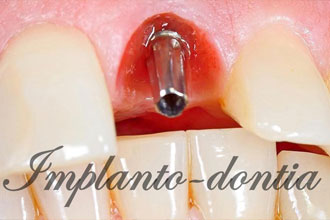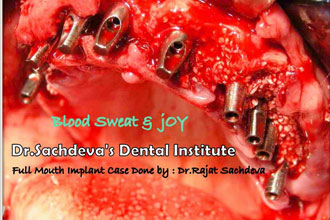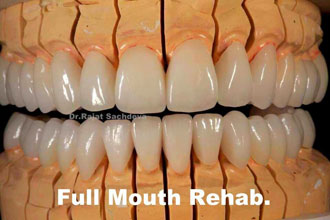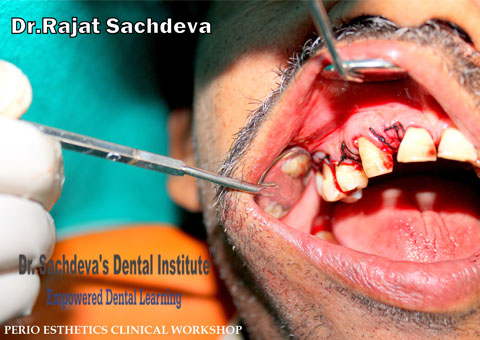Socket Preservation Therapy
Ask a Question to Our Dentist
Socket Preservation Therapy
Consequences of Tooth Extraction on Alveolar Bone
Different dental literature describes the consequences of exodontia on alveolar bone:
An average of 40%-60% of original height and width is expected to be lost after tooth extraction with the greatest lost happening within the first two years.
The height and width of the anterior alveolus undergo a loss of 1-2mm in all three dimensions.
The effect of bone loss is magnified when multiple teeth are extracted in the same area.
The width of the alveolar ridge decreased 50% and two-thirds of the reduction occurred within the first 3 months.
Post extraction alveolar resorption is significantly larger in the buccal aspect in both jaws.
The lost of tissue contour is greatest in the early post-extraction period (within 6 months).
Results of Different Studies
A number of studies were conducted to evaluate whether alveolar ridge resorption following tooth extraction could be reduced by application of socket preservation grafting materials into the socket right after extraction. The results are as follows:
Loss of alveolar bone height following tooth extraction was lower in the sockets where a grafting material was inserted as compared to what was observed where natural healing by clot was allowed.
Grafted sockets had healed with less bone resorption especially at midbuccal portion,where the buccal plate of the socket was often found to be partially or completely destroyed by tooth pathology.
After 6 months, bone samples were harvested and there was new bone formed that was mineralized, mature and well structured.
After 6 months, the sites preserved with grafting material demonstrated excellent preservation of buccolingual alveolar ridge width.
There was a significantly better maintenance of alveolar ridge dimension than the placement of an immediate dental implant with no grafting.
Socket grafted extraction sites exhibited a decreased amount of bone loss as compared to non-grafted sites.
There was evidence of vital bone ingrowth into grafted extraction sites.
Extraction-alone group had significantly greater height and width reduction compared to ridge-preservation group.
Some implants placed in extraction-alone group showed a buccal dehiscence that required guided bone regeneration procedures after implant insertion.
There was significantly higher trabecular bone percentages and total mineralized tissue in ridge-preservation group.
Rationale for Socket Preservation
The rationale for alveolar ridge preservation relies on the knowledge that alveolar ridge resorption is an unavoidable sequel of tooth loss. Its goal is to prevent the loss of 40%-60% of ridge height and width commonly seen after extractions. Preservation of socket is driven by the desire to minimize the need for future more invasive ridge augmentation procedures. Moreover, it also facilitates successful implant and conventional prosthetic treatment. Extraction site grafting often facilitates the best possible functional and aesthetic results. It is axiomatic therefore that socket preservation should be the treatment of choice to prepare the remaining alveolar ridge for conventional or fixture supported restorations.
latest Posts
Stay up to date with all our latest news and launches.





